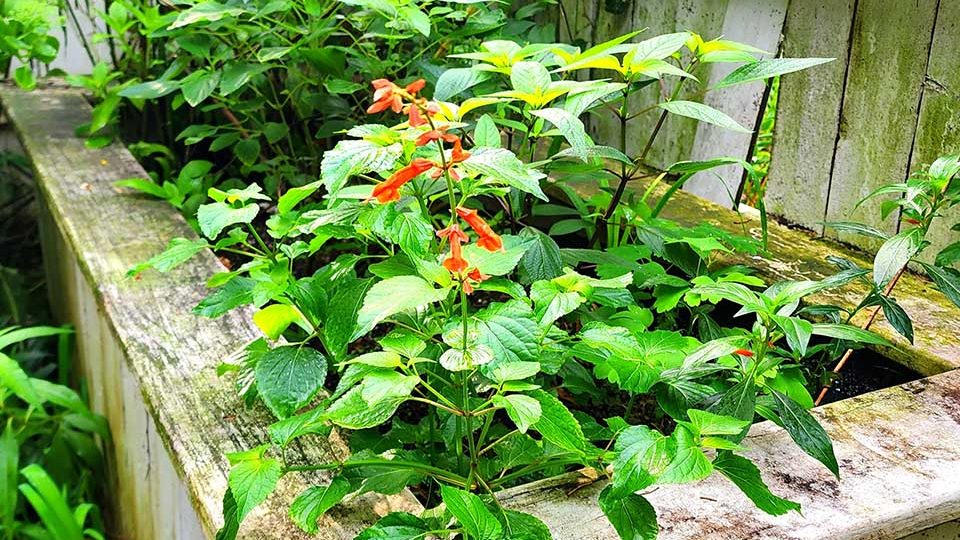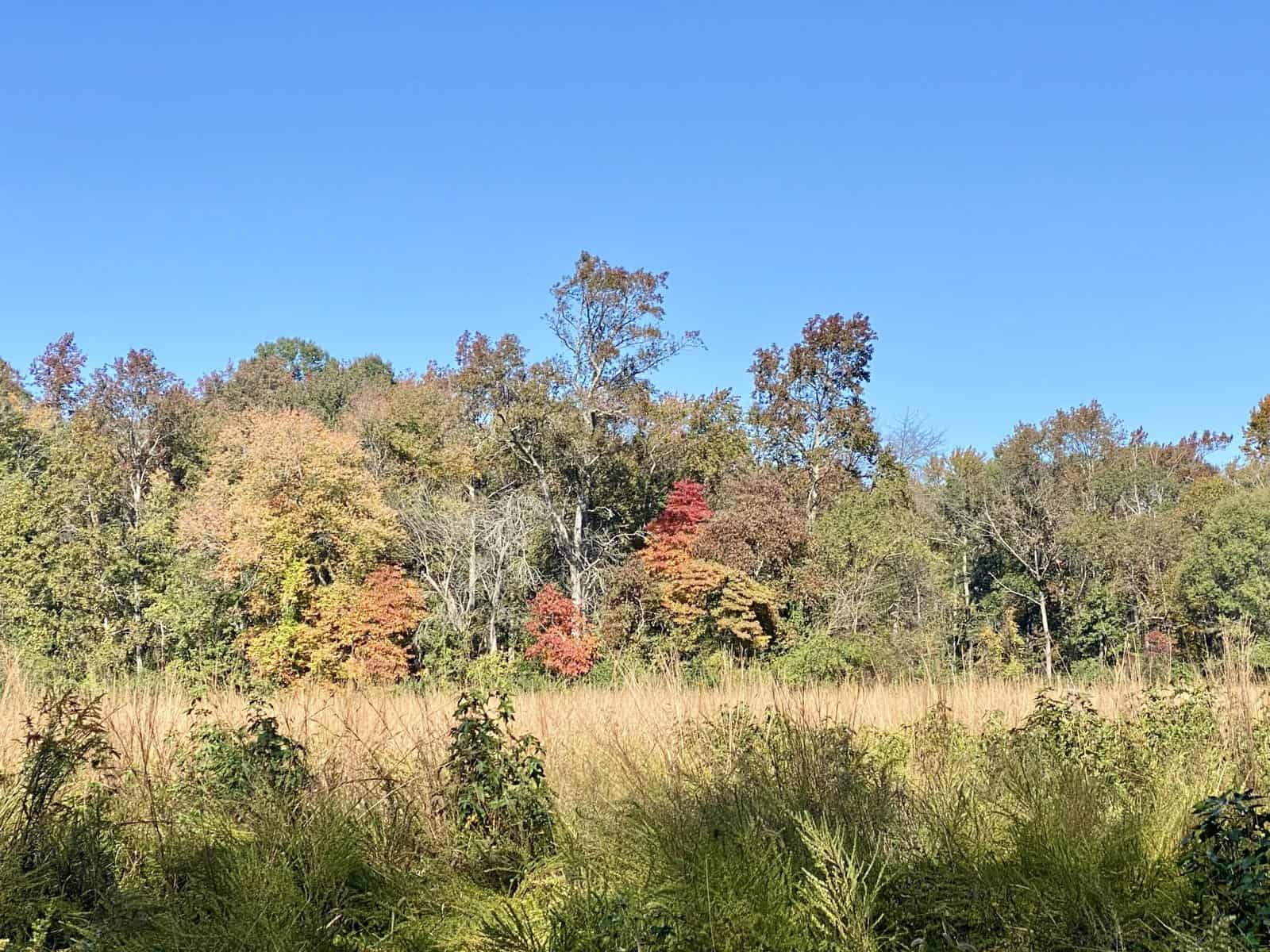Think Inside the Box
Incorporating containers and raised beds in your garden has many benefits—and autumn is the perfect time to get started.


Having been a gardener for several decades now, I have spent many hours on hands and knees setting out, weeding, and tending my plants. As I began to get a little older and clambering up and down began to take a bit more effort, I realized that I should consider having my garden plants more reachable. Over the past few years I started to move toward installing raised beds and using containers. Having the plants nearer to me gives me an opportunity to develop a closer relationship with my plants and makes it more likely that I will pull that weed or squish that Japanese beetle than if I had to get down on all fours. I would like to share some important considerations to make when adopting container and/or raised-bed gardening, including the container or materials to use, plant material to select, and the care that they will require.
Your first decision is to choose the type of container or raised bed that you’re looking to install. If you want to plant perennials in your containers, you’ll need to use a larger size in order to protect the plants’ roots from frost, particularly in areas with cold winters. Consider the porosity of the container because certain types of materials, like terracotta, can wick moisture away from the plants more quickly and necessitate more frequent watering.
To counter this, if I’m using porous materials I often cover the inside walls of the container or raised beds with impermeable materials like a plastic liner. This helps to keep the moisture available near the roots, but additionally lines the inside and may help preserve the wood in your raised beds by slowing down decomposition and giving them a longer lif span. When using containers like pots or wooden barrels, excellent drainage is crucial in permitting excess water to drain away and not remain in the container, which can result in root rot or other fungal growth that may kill your plants.

Think of a raised bed as a box that’s open on top and bottom. Sitting on top of the soil allows the plants in the raised bed to access water and nutrients from the soil below. Once again your intention for planting will guide you toward the types of materials that you will use in constructing a raised bed. For example, if you’re planting food crops, you will want to stay away from treated lumber that can potentially leach dangerous chemicals into the soil. An interesting and ancient way of constructing a raised bed is referred to as “hügelkultur,” literally meaning mound culture.
Hüglekultur involves using large amounts of woody material like fallen trees or branches laid directly onto the ground and interspersed with organic layers like grass clippings, leaves, or compost. As you build onto the mound, layer by layer, eventually it can rise to upwards of four feet or higher. The rationale behind this type of raised bed is that the decaying woody material will, over time, serve as a source of nutrients to the mound as well as providing a spongy material that can help retain moisture toward the bottom of the pile. Over several years the mound will settle as the woody material continues to decay.

Autumn is a great time to create a mound or box-style hüglekultur, while temperatures are cooler and garden demands are less. An excellent source of information about this type of raised bed is available on the Farmer’s Almanac website.
I find that one of the greatest benefits of using raised beds and containers is that I control the soil that my plants grow in and this enables me to choose different types of plants that I might not otherwise consider due to limitations of the soil on my property.
If you are going to plant different types of plants like perennials or bulbs in your containers, you will want to use a good quality potting mix especially in the top six to eight inches. If you are intending to move your containers around or are planting shallow rooted annuals, you might try filling the bottom third or half of the container with a light dry material such as Styrofoam or inverted pots or buckets that take up space but do not add to the weight of the container as much as if it were filled fully with soil.

So you’ve got your container and your soil in place; now for the fun stuff—the plants! I like to plant a selection for pollinators so that my plants are nectar-rich varieties for butterflies and hummingbirds. When gardening for wildlife avoid the hybridized versions of some of our native plants; instead opt for ones that are true to the original species because those are the ones that wildlife has evolved to utilize. Also be certain that your nursery does not use systemic pesticides like neonicotinoids.
Aim to plant for the entire growing season. I include bulbs so that I have a spring display, and then as they start to fade my perennials begin to kick in. I supplement my perennial plantings with annuals like the tropical sages that I overwinter in the house. I’ve had a lot of luck with Joe Pye weed in containers as well as New York ironweed, boneset, New England asters, and of course milkweeds for the monarch butterflies. This summer I’m relying heavily on the annual Mexican sunflower otherwise known as tithonia, and these have had constant attention from skippers and monarchs as well as many bees. You might want to mix in food plants, like tomatoes and peppers or herbs, along with annuals in containers.
Caring for your containers and raised beds is an almost daily consideration. You must be aware of their watering needs as the soil can become dry much more quickly than plant beds in the ground. A rule of thumb is the smaller the container the more likely that you will be watering it quite often. Consider a drip irrigation system to maintain adequate moisture. When irrigating, water deeply until the water runs from the drainage hole. Shallow watering discourages your plants from developing deep roots.

Providing more frequent supplemental nutrition is important due to the fact that frequent watering may carry nutrients away more rapidly. I use a slow-release organic fertilizer and fish emulsion to feed my plants.
Using containers throughout your garden allows you more flexibility in your planting schemes as containers can be relocated if they’re not working out where you originally planned to put them. Additionally, I often mix containers with planted stands of perennials to break up the beds and add little areas of interest in the garden.
Gardening with containers is a particularly forgiving form of cultivation. Every year you can change it up to suit your interest and you are not tied to a particular scheme. Give containers and raised beds a try—I think you’ll be glad you did.










